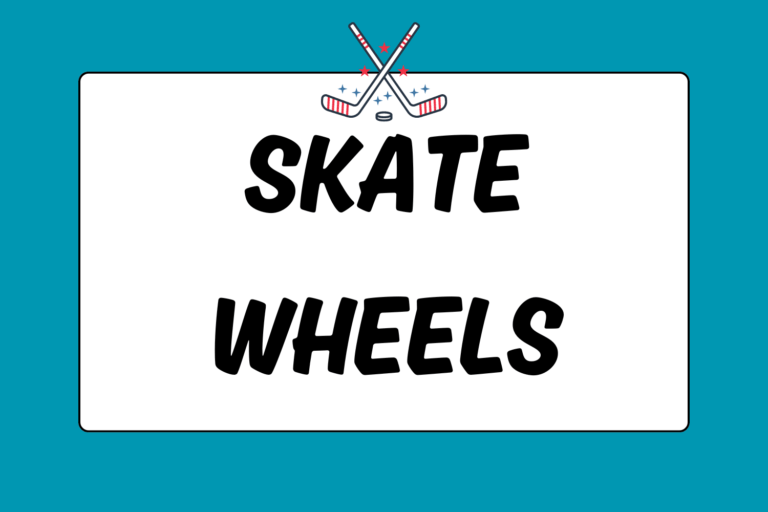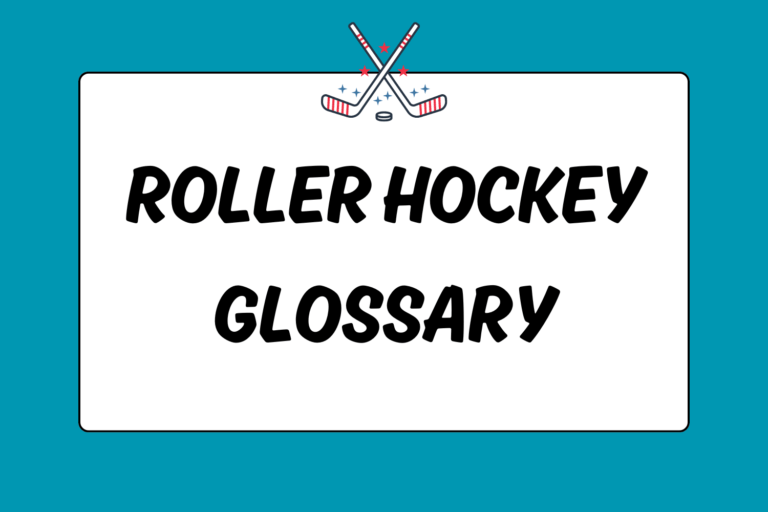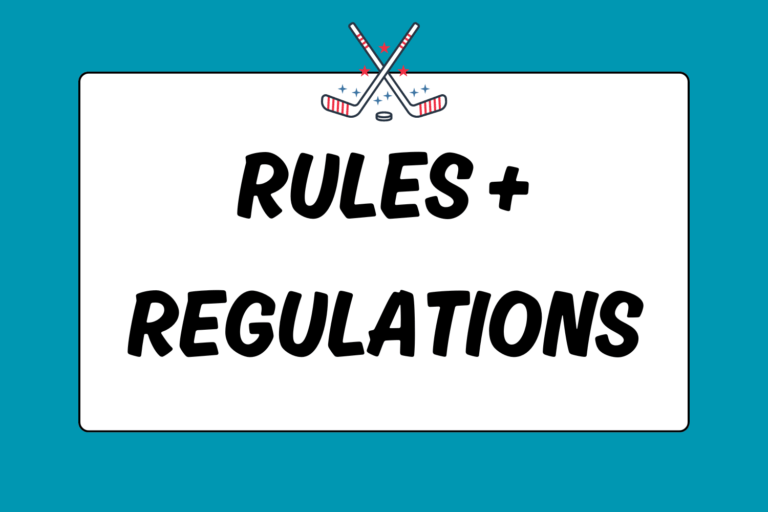Many roller hockey rinks were not initially designed with hockey use in mind. Some were made in locations with limited available space or resources. As a result, rinks have come in a wide range of shapes and sizes. Despite this, governing bodies have set guidelines for acceptable size ranges. These are often used as a recommendation instead of a strict regulation.
In general, there are two basic rink styles. One is larger, used in most countries, and sanctioned by the International Ice Hockey Federation (IIHF) for international competition. The other is a smaller surface, used exclusively in North America, and recommended by USA Hockey Inline and the National Collegiate Roller Hockey Association (NCRHA). Many of the measurements are the same for both styles. Differences, when present, will be noted.
Surface
The IIHF rink is the larger of the two main rink styles. These rinks are supposed to be as close as possible to 190.3 feet (58 meters) long and 98.4 feet (30 meters) wide. Rinks used in North America should be as close as possible to 185 feet (56.4 meters) long and 85 feet (25.9 meters) wide.
Both IIHF and North American rinks are enclosed with a combination of boards and safety glass. The boards can be no more than 4 feet (1.2 meters) high. The safety glass extends up from the top of the boards, no more than 8 feet high on a North American rink, or 2 meters high for IIHF rinks. For lower levels of competition, other fencing materials are allowed in place of safety glass.
Zones & Markings
Every roller hockey rink has a total of three lines that run from sideboards to sideboards. The center line, known as the “red line,” is 1 foot (30 centimeter) thick and runs directly across the middle of the rink. The other two lines are called the “goal lines,” which are also red, but only 2 inches thick. They are located no less than 11.5 feet (3.5 meters) and no more than 15 feet (4.5 meter) from the end boards. Opposed to ice hockey, roller hockey has no blue lines and thus no neutral zone. The two halves of the rink are referred to as the “defending zone” and the “attacking zone.”
At the center of every rink is a face-off dot surrounded by a face-off circle. This dot is blue and 1 foot in diameter (30 centimeters). For North American rinks, the face-off circle is 15 feet (4.6 meters) in radius. For IIHF rinks, the circle is 14.8 feet (4.5 meters) in radius. In both cases, the line used to draw the circle is 2 inches (5 centimeters) thick.
On both North American and IIHF rinks, there are four other “end zone” face-off circles with dots, two in each zone. These face-off dots are red and 2 feet (60 centimeters) in diameter. The circles that encompass them are 15 feet (4.6 meters) in radius on North American rinks, and 14.8 feet (4.5 meters) on IIHF rinks. In all rinks, these are located 20 feet (6.1 meters) in from the goals lines and 44 feet (13.4 meters) apart from each other (measured from the centers).
There are four additional red face-off dots that stand alone near the center red line, these without circles. In both North American and IIHF rinks, these “high zone” face-off dots run along the same imaginary line as the end zone face-off dots, parallel to the sideboards. On North American sized rinks, they are located 18 feet (4.5 meters) from the red line, on both sides. On IIHF sized rinks, they are located 32.5 feet (9.9 meters) in from the end zone face-off dots.
Goal & Crease
The size of the goals is consistent in rinks across the world (even ice hockey rinks). They are 6 feet (1.83 meters) wide and 4 feet (1.22 meters) high. They are positioned in the center of the goal line at each end of the rink. The posts must be painted red, while all other surfaces of the goals (such as the backs or the netting) shall be white.
For both IIHF and North American rinks, the goal crease is composed of a semicircle with a 6-foot (180 centimeter) radius extending out from the goal line. The outline of this semicircle is a 2-inch (5 centimeter) thick red line. Both IIHF and North American rinks have L-shaped bracket markings on the crease, open face pointing inward. They are placed at the edge of the crease that is exactly 4 feet (1.22 meters) from the goal line. On IIHF rinks, the lines making up the L-shape are 5.9 inches (15 centimeters); on North American rinks they are 5 inches (12.7 centimeters).
The Benches
All rinks are required to have both player benches and penalty boxes. Universally, the player benches must accommodate at least 10 players and be located as close as possible to the center of the rink. The penalty boxes must be separate from the player benches, ideally on the opposite side of the rink.
While these are the model guidelines recommended by USA Hockey Inline and the IIHF, in practice, very few rinks are laid out exactly the same. It’s helpful to have a general understanding of these dimensions, but also to remember that, regardless of the size or shape of the rink you play on, your job is the same: Make crisp passes, skate hard, score some goals, and win!





